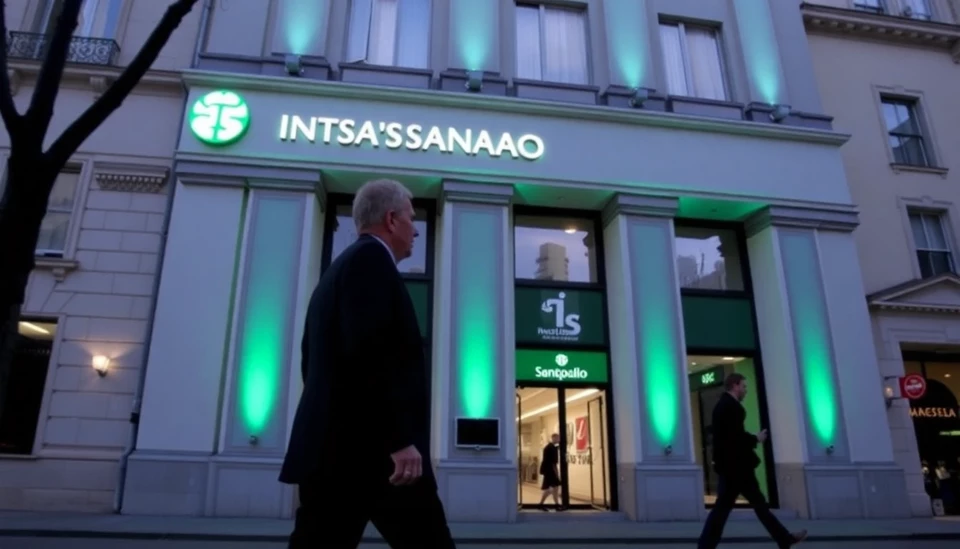
In a significant restructuring move, Intesa Sanpaolo has announced plans to exit 9,000 employees as part of a new deal with trade unions. This development is a pivotal step in the bank's efforts to enhance its operational efficiency and adapt to the challenges posed by the evolving financial landscape.
The agreement, reached after extensive negotiations, aims to facilitate a voluntary exit scheme that will allow employees to leave the organization on agreed terms. The bank's management has stated that this strategy is essential for positioning Intesa Sanpaolo as a competitive force in a rapidly changing economy, particularly as digitalization continues to reshape the banking sector.
This initiative not only reflects the bank's proactive approach to labor costs but also highlights the ongoing transformation within the banking industry influenced by technological advancements and changing customer demands. Intesa Sanpaolo's decision to streamline its workforce underscores the pressing need for financial institutions to adjust their operational frameworks to sustain profitability and growth in the long term.
As part of this transition, Intesa Sanpaolo has reiterated its commitment to investing in its workforce by providing various support mechanisms to affected employees, including reskilling and job placement services. The bank is determined to ensure that those who choose to leave will have access to resources that can aid their transition to new opportunities.
This announcement comes amid broader trends within the banking industry, where many institutions are reevaluating their workforce strategies in light of the increasing importance of technology and automation. Intesa Sanpaolo’s decision is seen as a timely reaction to the pressures facing traditional banking models, making it essential for businesses to adapt and evolve in today's digital economy.
Stakeholders and market analysts will be closely monitoring the implications of this workforce reduction, as it could serve as a bellwether for similar actions across the financial sector. As competition intensifies and consumer behavior shifts, banks like Intesa Sanpaolo must navigate these challenges carefully to maintain their market positions.
As the plan unfolds, details about the timeline for these staffing changes and the specific measures to support departing employees are expected to emerge. Investors and employees alike will be looking for assurances that this transition will not only improve organizational efficiency but also safeguard the bank's long-term viability amidst an unpredictable economic backdrop.
In conclusion, Intesa Sanpaolo's recent announcement regarding the exit of 9,000 staff members marks a critical juncture for the bank as it endeavors to adapt and thrive in a challenging financial landscape. The backing of trade unions in this process reflects a collaborative effort to ensure a just transition for employees while enhancing the bank's competitive edge.
As Intesa Sanpaolo moves forward with this initiative, it will be essential for the bank to uphold its commitments to its workforce and provide necessary support during this significant transformation.
#IntesaSanpaolo #WorkforceReduction #BankingIndustry #TradeUnion #EmployeeSupport #FinancialSectorTransformation #DigitalBanking
Author: John Harris


